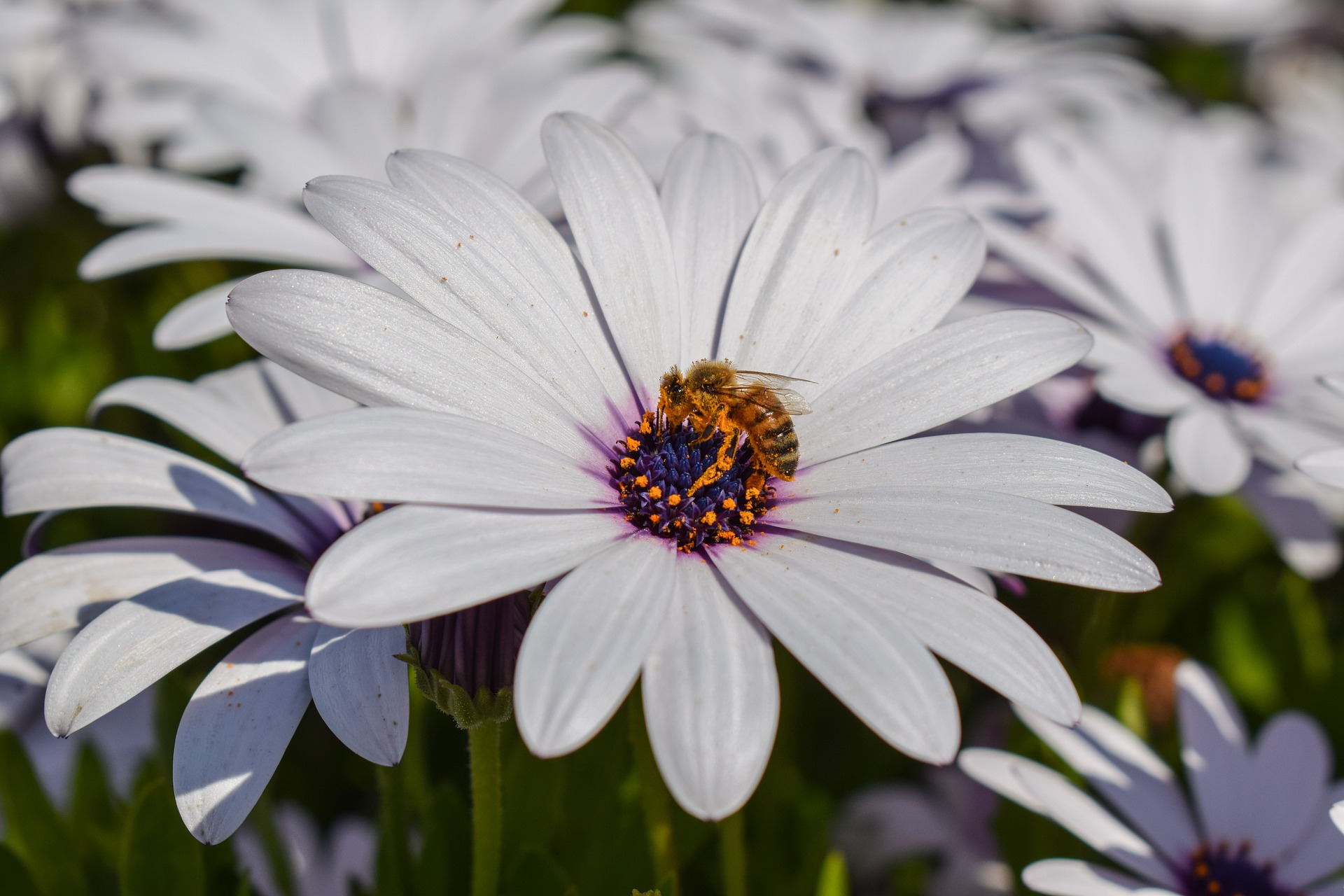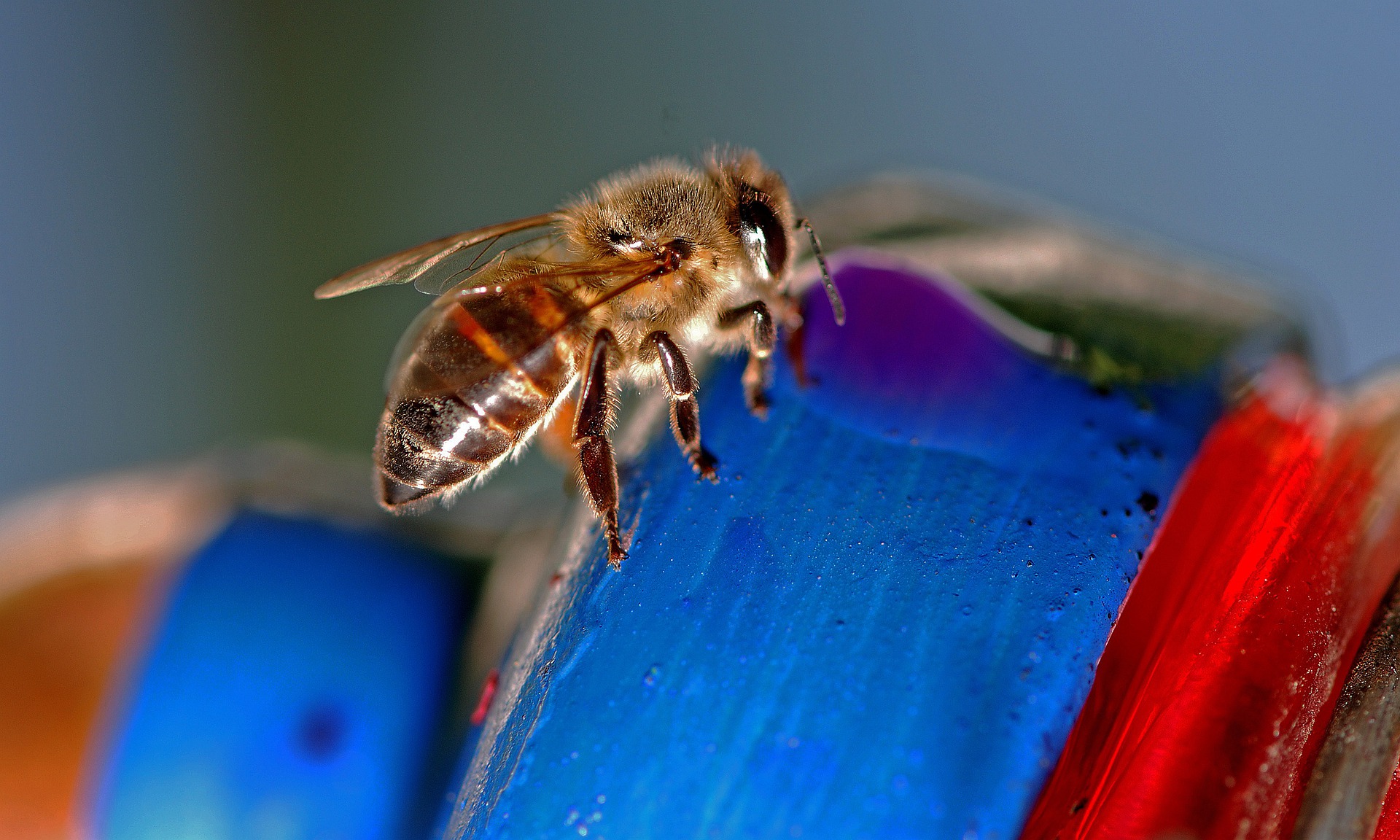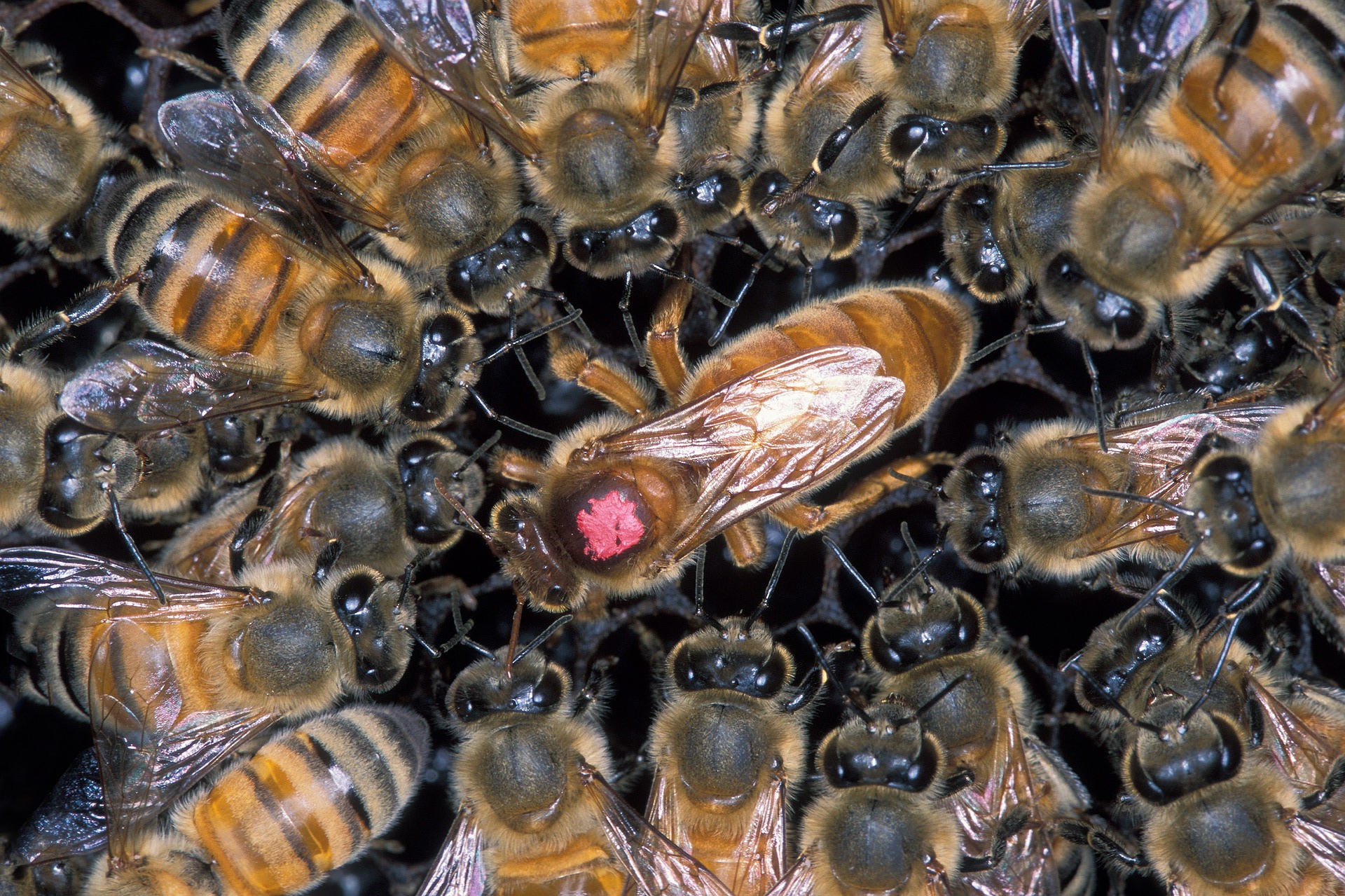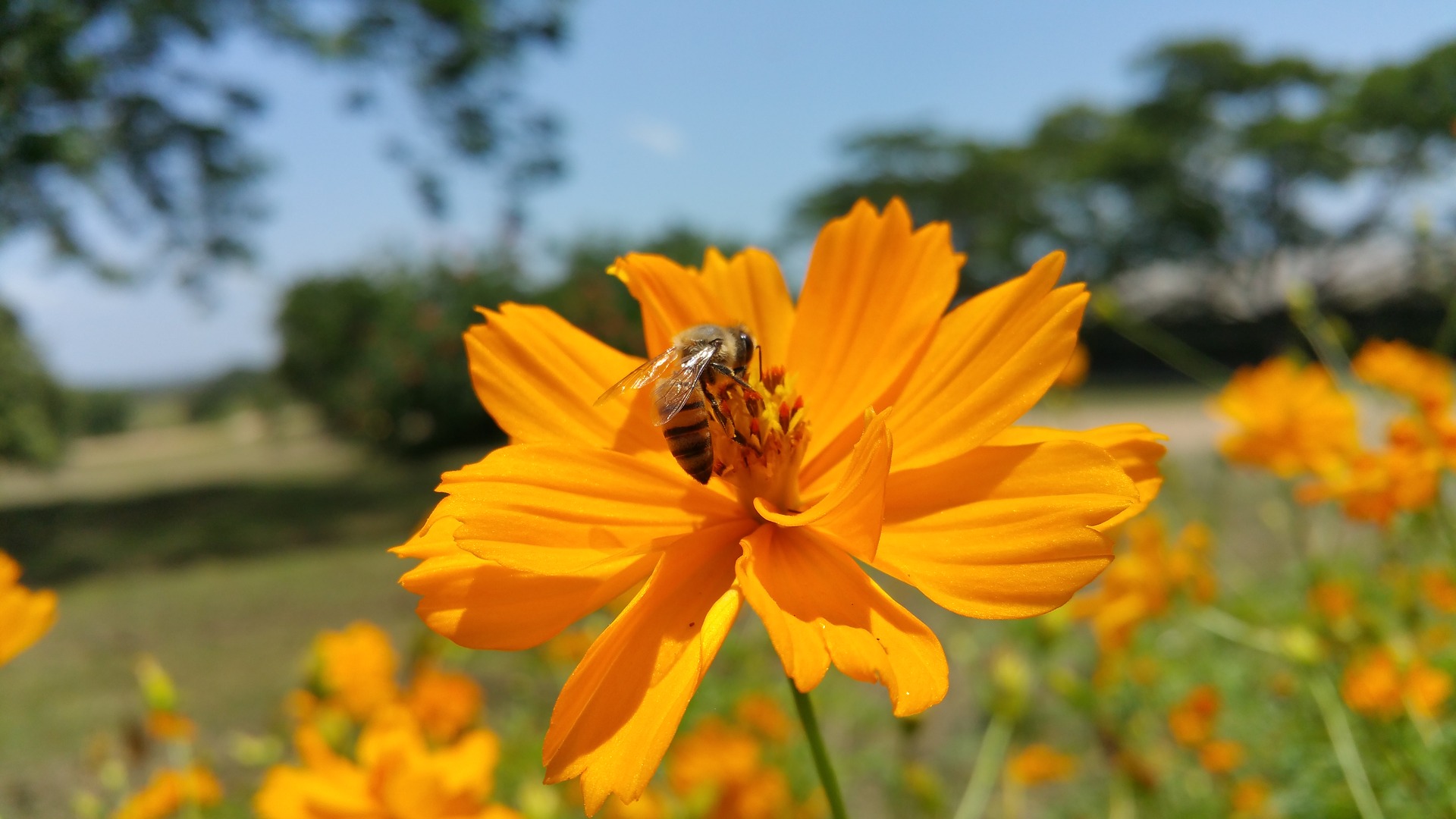
The African hornet is a combination of wasps from Brazil with those from Tanzania. Due to an accident, these two species mixed and gave rise to a new species, much more aggressive and dangerous than their "parents".
If you want to know the African Wasp Characteristics, what is its main habitat, feeding and reproduction, we have prepared an article for you to discover all the details about this insect.
Characteristics of the African hornet
The African hornet, known by its scientific name Apis mellifera scutellata, or African bee or East African lowland honey bee, is a hybrid insect of two species. Its size is somewhat smaller than European wasps, with worker bees reaching about 19 millimeters.. In addition, they are very similar in characteristics to these, so it is difficult to distinguish them with the naked eye.
[related url=»https://infoanimales.net/wasps/wasp-sting/»]
It has a body covered with fluff, while the abdomen is striped black with the characteristic yellow background color. Oval in shape, it has an upper part (where the head and torso are located) and a lower part, wider than the previous ones, and ending in a point. It has six legs and two pairs of eyes., one compound (which are the ones on each side of the head) and then some simple eyes, on top of it.
The behavior of the African hornet

One of the aspects that most characterizes the African wasp is the fact that she is very aggressive. Now, it does not mean that he looks for a fight all the time, but that he protects his hive and his family very jealously.
When a specimen is in danger, it secretes a substance that is perceived by other African wasps that come to its rescue, being able to move up to a kilometer away from the hive when they pursue their victim. Hence they are so constant.
Where do you live
The African hornet lives, contrary to what its name reflects, in America. They are found mainly in South and Central America, as well as in some places in the United States. Some have been reported in European areas, for now these groups are minimal.
What not many know is that this wasp is not native to those countries, but was introduced. It all happened in 1956, when in Brazil they wanted to increase honey production and needed insects that were more "productive". Thus, they decided to bring 47 queen bees of the Apis mellifera species (a species native to Tanzania) there.
[related url=»https://infoanimales.net/wasps/asian-wasp/»]
With them, they carried out a "genetic improvement" project, since what they wanted to achieve was that the new specimens were docile while making a lot of honey.
The problem was that some of these new wasps escaped, and began to breed with the wasps from that country, creating a hybrid that has even killed off the "usual species", and spreading throughout the continent.
That eats
As for its diet, the truth is that the African wasp is very similar in its food tastes to bees. This means that it eats as if it were a bee, mainly nectar, water and pollen from flowers.
However, it is also capable of ingesting resin due to the nutrients that this substance has for them (it helps them grow and survive much stronger than with other foods). And not only that, but they use it for the hive itself, in cases where there are holes or to prevent it from breaking.
The way it has to get hold of its food is very simple, because it simply has to go near the flowers to collect pollen and nectar, and somewhere where there is water. In this case, they have to be very careful with their wings, since if they get wet, it can be the downfall for them. The same would happen if it fell into the water, since many are unable to get out of it, especially if the wings "stick" to the water.
Reproduction of the African hornet

The reproduction of the African hornet is practically the same as that of wasps and bees. That is, it is carried out by the queen wasp, which is the one in charge of laying eggs in the hive. After a few days, the larvae hatch, and that is when the insect goes through several phases:
- 0 phase: larva laying. This work is carried out by the queen wasp, the only one in the hive that reproduces (all the wasps come from her). This laying takes place in a wax cell of the hive and is left open.
- 1 phase: larva. After a while, the egg hatches and a larva hatches from it. However, in that enclosure it has no food and it is an African worker wasp that will be in charge of feeding it so that it fattens.
- 2 phase: complete larva. The larva will grow and fatten rapidly until it occupies all the space in the cell. In fact, when the larva reaches its maximum (which is usually the size of that cell, almost protruding), the worker wasp will proceed to seal it so that its transformation occurs.
- 3 phase: pupa. Stage 3 is when the larva pupates. It is already very similar to an adult specimen, but in this young case. Once it takes place, the specimen will end up leaving the cell to dedicate itself to its work.
How is the sting of the African hornet

It should be borne in mind that an African wasp is quite dangerous. Not only because of the sting itself, but because when it comes to attacking, it does so in a group, so its venom, in addition to being more toxic than that of a normal wasp, injects much more for attacking more than one specimen.
La African hornet is prone to sting in dark areas of the body, and usually also goes for the eyes and face. In fact, it is so persistent in its attack that even if you submerge in the water, the insect will likely wait until you emerge to continue its attack.
As for the bite, this is quite painful. It secretes a very powerful poison, but this will be lethal depending on the sensitivity of each person. That is to say, if he is a person who is sensitive to that poison, he will have greater difficulties (because he can die from anaphylactic shock), than if he has no sensitivity (and only remains in a sting, painful, but not fatal).